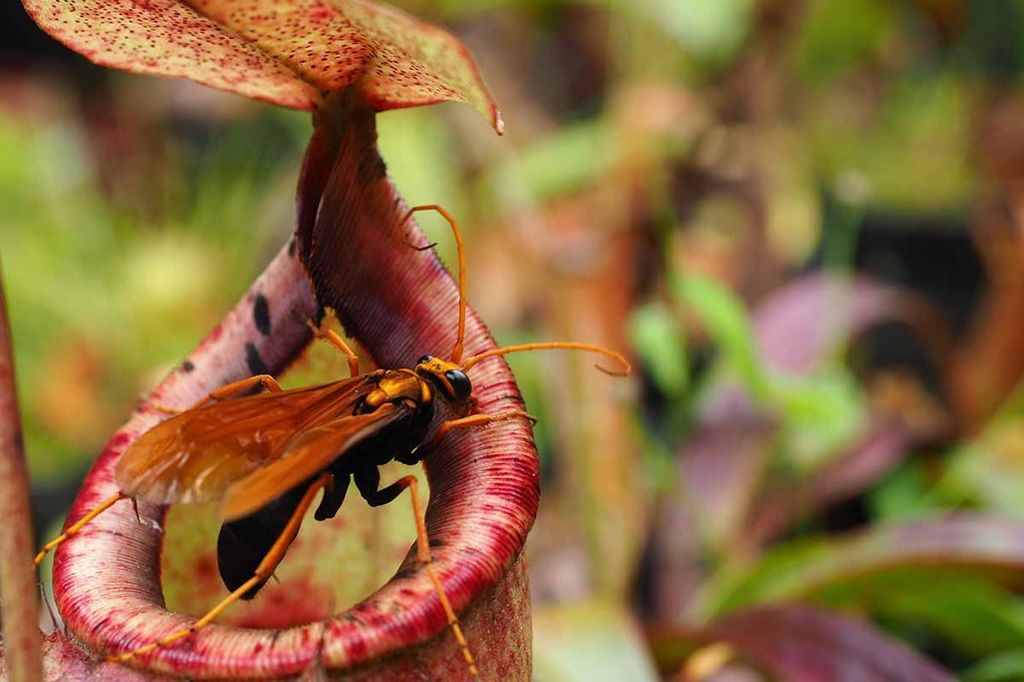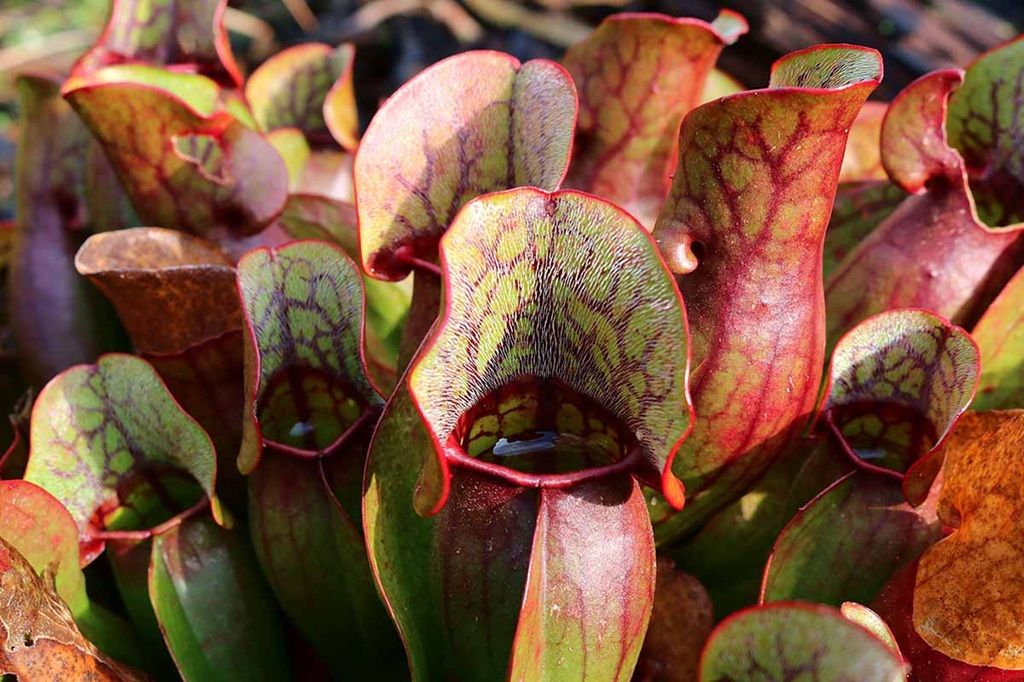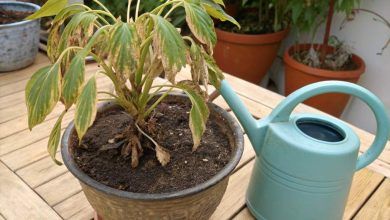
Seed Germination Requirements of Carnivorous Plants: Unlock the Secrets
Carnivorous plants are some of nature’s most astonishing creations. These unique plants not only thrive in nutrient-deficient soils but have evolved extraordinary mechanisms to trap and digest prey, ensuring their survival. For plant enthusiasts, germinating carnivorous plant seeds is a rewarding challenge that requires patience, precision, and understanding. Whether you’re cultivating the Venus flytrap, sundews, pitcher plants, or butterworts, proper knowledge about their seed germination requirements can make all the difference.
If you’ve ever been curious about how to grow these fascinating predators from scratch, you’re in the right place. Let’s dive into the science, techniques, and tools you need to germinate carnivorous plant seeds successfully. For even more insights into germination and plant growth techniques, explore Thenewargument.
Understanding Carnivorous Plants and Their Unique Adaptations
Carnivorous plants are defined by their ability to derive nutrients from insects and other small organisms. They typically inhabit nutrient-poor soils, such as bogs and wetlands, which has forced them to adapt by becoming adept hunters. This fascinating evolutionary strategy underpins their growth requirements, even during the seed germination stage.
When germinating seeds of these plants, it’s important to mimic their natural environment. Factors such as light intensity, humidity, soil composition, and temperature all play critical roles in their success. Let’s break these down.
The Role of Seed Dormancy in Germination Success
Most carnivorous plant seeds enter a state of dormancy after dispersal. Dormancy ensures that seeds only germinate under favorable conditions, increasing their chances of survival. To overcome dormancy, specific stratification methods are often required.
- Cold Stratification: Some species, such as Sarracenia (North American pitcher plants), require a cold stratification period of 4–6 weeks. This involves placing the seeds in a moist medium (such as sphagnum moss or a damp paper towel) and refrigerating them at temperatures between 35–40°F.
- Scarification: Certain seeds, like those of Nepenthes (tropical pitcher plants), benefit from scarification—a process of lightly damaging the seed coat to allow water absorption and germination.
Optimal Growing Medium for Carnivorous Plant Seeds
Choosing the right growing medium is vital for seed germination. Carnivorous plants thrive in nutrient-poor, acidic soils that are free of fertilizers. For seed germination, you can use a combination of:
- Sphagnum Moss: Its high water retention and acidity make it ideal for most carnivorous plants.
- Peat Moss and Sand Mix: A 50:50 mix of peat moss and washed silica sand provides excellent drainage and acidity for species like Venus flytraps.
- Perlite and Vermiculite: These improve aeration and prevent soil compaction.
Ensure the medium is moist but not waterlogged, as excess water can lead to fungal growth and rot.
Light Requirements for Carnivorous Plant Germination
Light is a critical factor in germinating carnivorous plant seeds. Most species require bright, indirect sunlight to stimulate germination.
Here’s a breakdown of light preferences:
- Tropical Pitcher Plants (Nepenthes): Prefer warm, humid environments with bright, indirect light.
- Venus Flytraps (Dionaea muscipula): Require full sunlight for 12–16 hours a day. If natural light is insufficient, consider using full-spectrum LED grow lights.
- Sundews (Drosera): Thrive under artificial lights when kept at a distance of 6–12 inches from the light source.
Using grow lights ensures that seeds receive consistent light intensity, especially in indoor setups or during winter months.
Temperature and Humidity Control During Germination
Carnivorous plant seeds are highly sensitive to temperature and humidity fluctuations.
Maintaining stable conditions is key to successful germination:
- Temperature: Most temperate species germinate between 60–70°F, while tropical species may require warmer temperatures (75–85°F).
- Humidity: High humidity (70–90%) is essential to prevent seeds from drying out. Use a humidity dome or clear plastic wrap to create a greenhouse effect.
Investing in a hygrometer and thermostat can help you monitor and maintain optimal conditions.
Watering Techniques for Germinating Carnivorous Plants
Water quality is often overlooked but is critical when germinating carnivorous plants. These plants are highly sensitive to minerals, so always use distilled, rainwater, or reverse osmosis water.
- Top-Watering vs. Bottom-Watering: Bottom-watering is preferred, as it prevents disturbing the delicate seeds and avoids fungal growth on the soil surface. Place the pot in a tray of water and allow the soil to absorb moisture from below.
Ensure the growing medium remains consistently moist but not soggy to avoid root rot or fungal infections.
Related: How To Grow Agastache Apache Sunset – An Easy Plant To Grow Indoors
Hydroponic Techniques for Seed Germination
While traditional soil-based methods work well, some growers have successfully used hydroponic techniques to germinate carnivorous plant seeds. Hydroponics seed germination involves suspending seeds in a nutrient-free, water-based medium. This method can speed up germination and provide better control over environmental factors.
For step-by-step instructions on hydroponics seed germination, click on https://thenewargument.com/how-to-germinate-seeds-for-hydroponics/.
Common Challenges in Germinating Carnivorous Plant Seeds
Despite their resilience in the wild, carnivorous plants can be finicky when it comes to seed germination.
Common issues include:
- Fungal Infections: Using a sterile growing medium and proper ventilation can reduce the risk of mold.
- Low Germination Rates: This can often be attributed to improper stratification or old seeds. Always purchase fresh seeds from reputable suppliers.
- Pests: Fungus gnats and other pests can damage seeds. Sticky traps or neem oil can help control infestations.
Conclusion
Successfully germinating carnivorous plant seeds requires patience, attention to detail, and an understanding of their natural habitats. By mimicking their native conditions—through proper stratification, light, humidity, and watering techniques—you can cultivate these incredible plants from seed to maturity.
Related: Chrysanthemums: Planting And Care In The Open Field
FAQs
What is the best soil for germinating carnivorous plant seeds?
The ideal soil is nutrient-poor and acidic, such as sphagnum moss or a peat moss and sand mixture. Avoid using standard potting soil, as it contains fertilizers that can harm the seeds.
Do all carnivorous plant seeds require stratification?
No, not all species require stratification. Temperate species, like Venus flytraps and Sarracenia, often need cold stratification, while tropical species like Nepenthes usually do not.
How long does it take for carnivorous plant seeds to germinate?
Germination can take anywhere from 2 weeks to 3 months, depending on the species and environmental conditions.
Can I use tap water to water carnivorous plant seeds?
No, tap water typically contains minerals and chemicals that can harm carnivorous plants. Use distilled, rainwater, or reverse osmosis water instead.
Related: How to Care for a Creeper Plant
Why are my seeds not germinating?
Several factors could be at play, including improper stratification, old seeds, incorrect temperatures, or inadequate humidity levels.
Are grow lights necessary for seed germination?
If natural sunlight is insufficient, grow lights are highly recommended to ensure consistent light exposure, especially for indoor setups.







